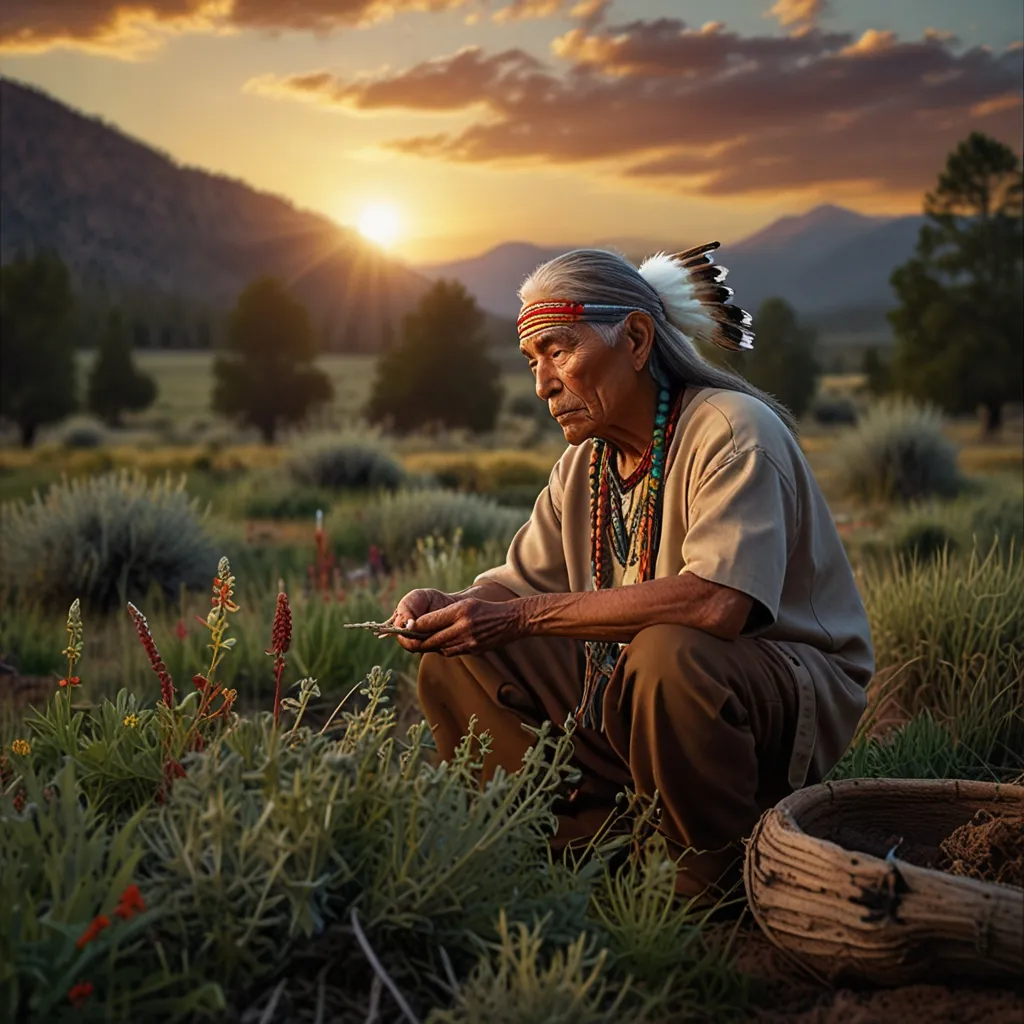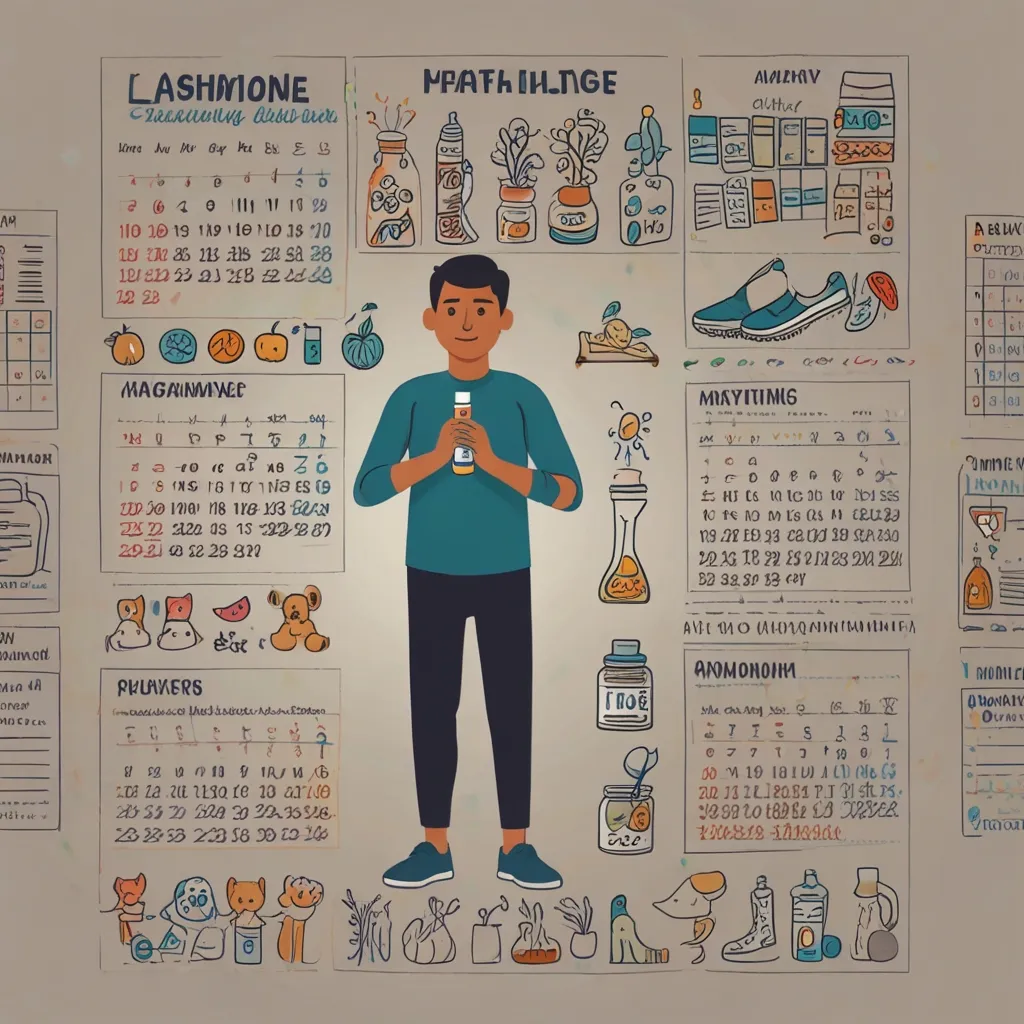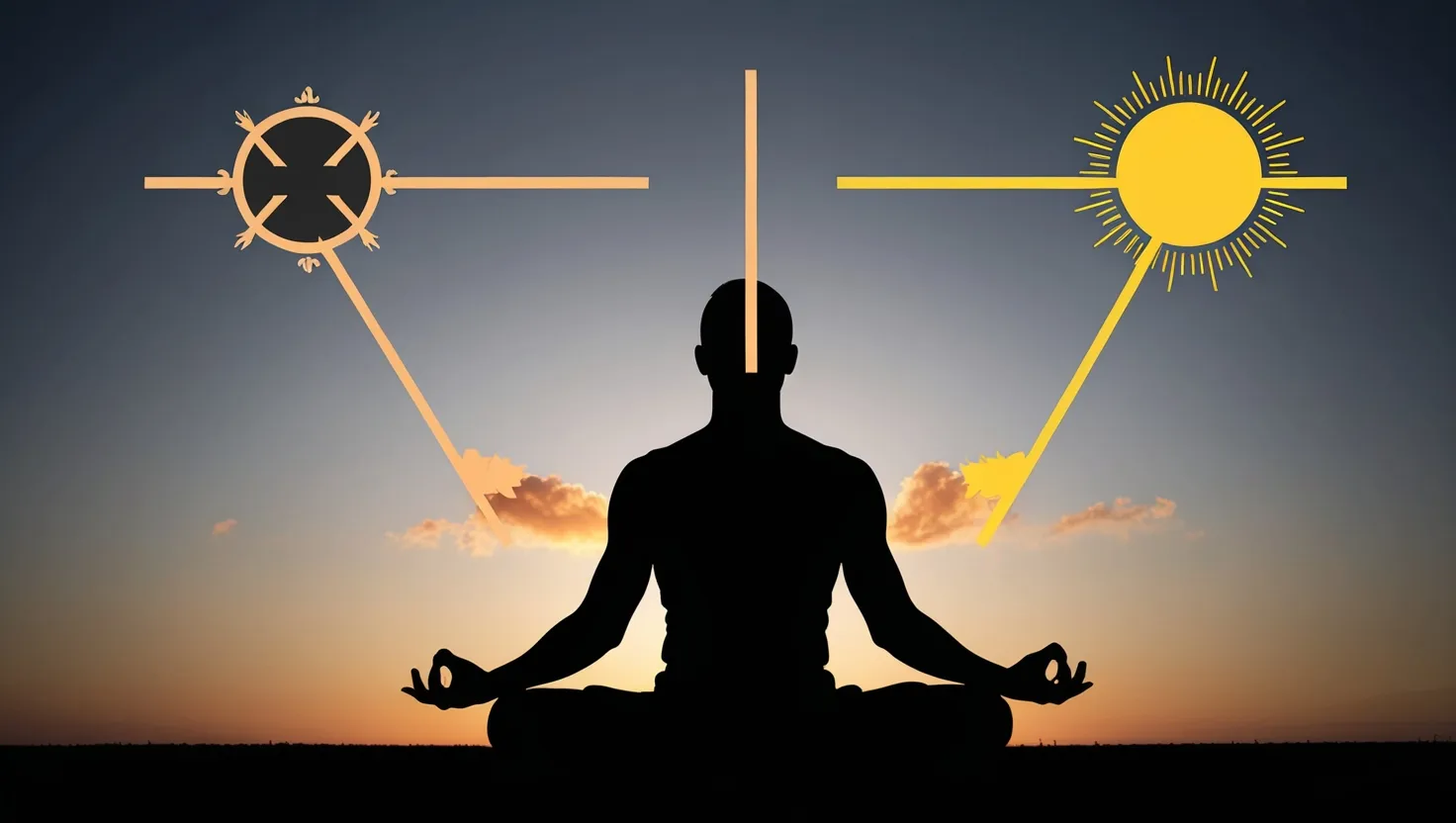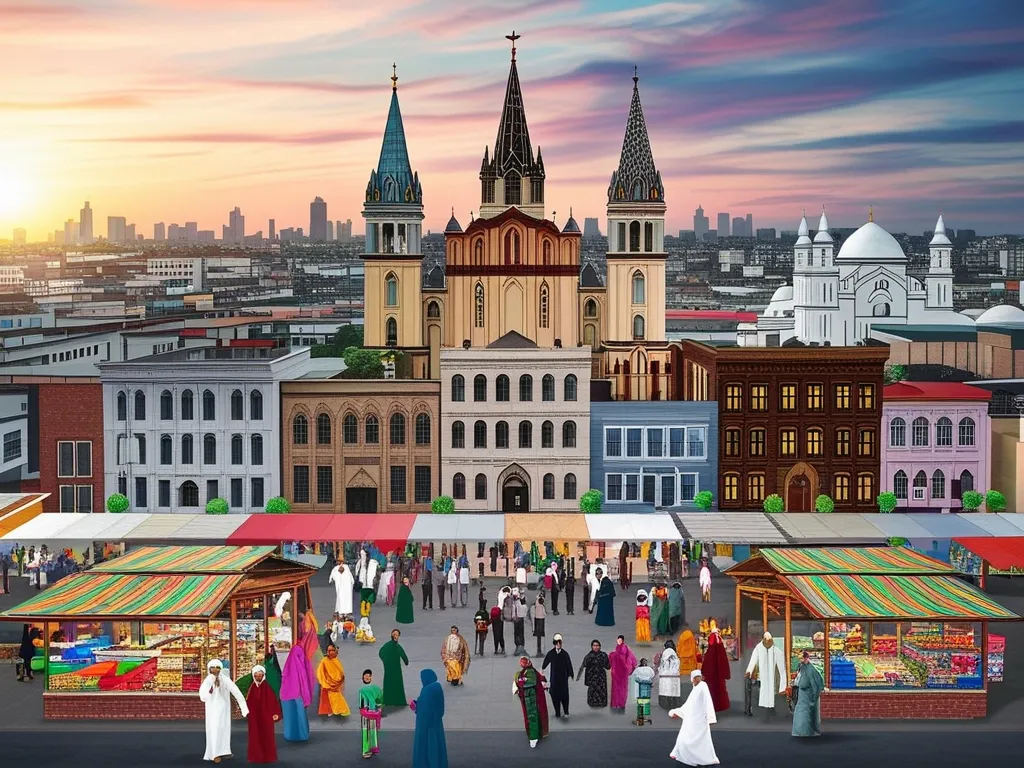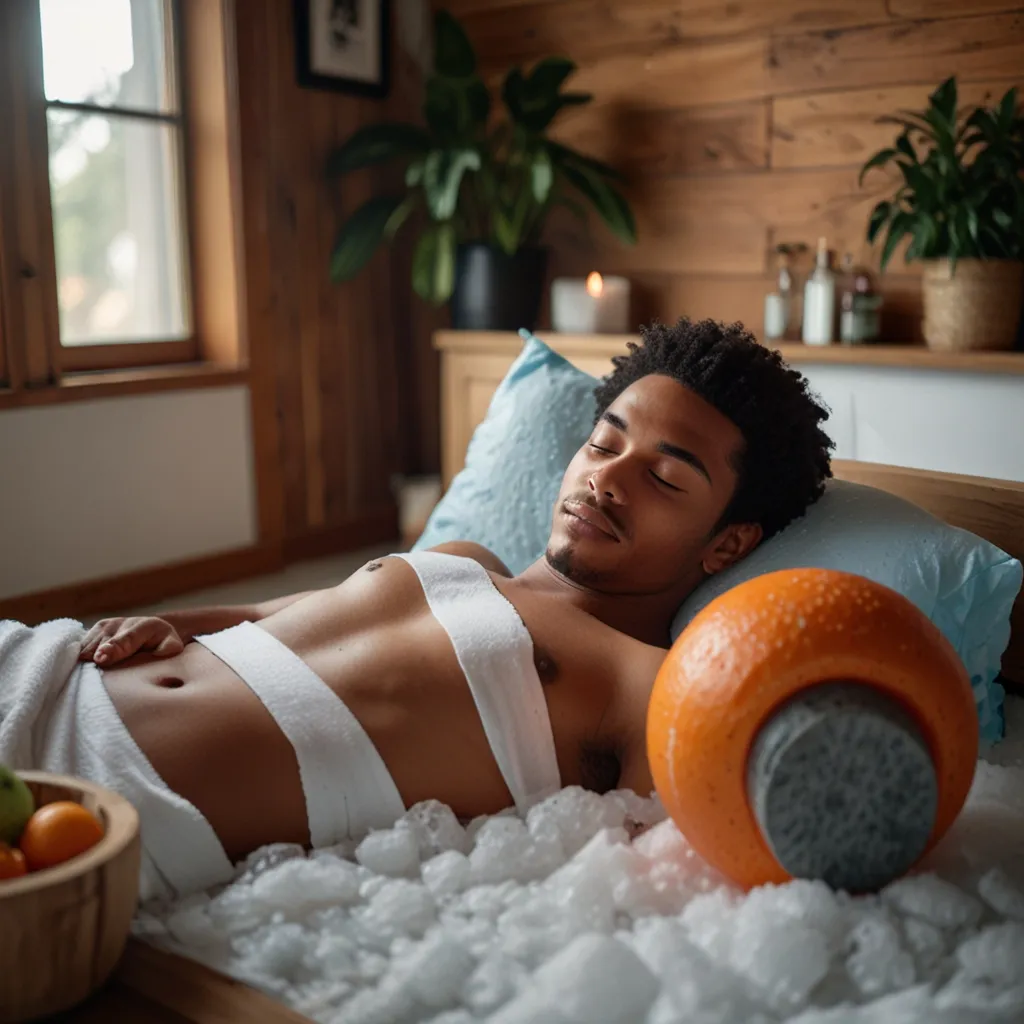Native American medicine is a treasure trove of rich history and unique practices, capturing the essence of health and healing that goes back thousands of years. This form of medicine wasn’t just about curing diseases; it was about taking care of the whole person, including their spirit, mind, and body. This idea of looking at the person as a whole is similar to the teachings of Hippocrates, the ancient Greek doctor known as the father of medicine.
Within Native American communities, medicine was intertwined with maintaining a balance and harmony within the community itself. Healers, often referred to as medicine men or women, were highly respected for their wisdom and expertise in using natural remedies, rituals, and ceremonies that were believed to have healing powers.
One of the crucial elements of Native American medicine was the use of herbal remedies. Healers gathered plants, roots, and barks at specific times of the year, sometimes traveling long distances to find the right ingredients. These natural remedies were used to treat a wide range of ailments, from simple wounds and infections to more complex chronic diseases. For example, jimson weed, also known as Datura stramonium, was used by natives in the Virginia area as an anesthetic. The roots were sometimes made into a poultice for external use or ingested for more widespread effects.
Native American medicine wasn’t just about herbs and plants, though. It also involved various rituals and ceremonies deeply rooted in their spiritual beliefs. These practices were performed to restore balance and harmony within individuals and the broader community. Such ceremonies could include prayers, chanting, and the use of sacred objects like tobacco, sage, and cedar. These plants, referred to as sacred medicines, were thought to possess potent healing properties and were an integral part of both everyday life and special ceremonial occasions.
The holistic approach didn’t just stop at the individual. It included the family and community too. Healing was seen as a collective effort, with everyone playing a part in the process. This notion of collective healing is still valued in many Native American communities today, where traditional medicine is often practiced alongside modern healthcare.
Unfortunately, despite the rich history and effectiveness of these practices, European colonizers often viewed Native American medicine as inferior. In the 19th century, Euroamerican doctors saw these techniques as primitive and less effective than their own. However, the natural remedies and healing powers attributed to Native American medicine intrigued many, leading some colonial physicians to adopt these methods due to their effectiveness.
Two notable Native American doctors helped bridge the gap between traditional and modern medicine. Susan La Flesche Picotte, from the Omaha tribe, was the first female Native American physician in the United States. She graduated from the Women’s Medical College of Pennsylvania in 1889 and returned to her reservation to practice medicine, treating both Native and white patients. Her legacy endures in the hospital she founded, which now carries her name.
Carlos Montezuma, from the Yavapai tribe, also made a name for himself in medicine. He graduated from Chicago Medical College in 1889, becoming the first Native man to earn an MD degree. He later worked as the doctor for the Carlisle Indian School football team. Montezuma was a staunch advocate for Native American rights and health, and his work continues to inspire future generations of Native American physicians.
The contributions of Native Americans to modern medicine cannot be overstated. Many modern medications have their origins in traditional Native American remedies. For example, over 120 drugs prescribed today were initially derived from plant extracts, with 75 percent of these coming from plants used in traditional indigenous medicine. This legacy continues to shape healthcare practices today, with many medical schools incorporating holistic and integrative approaches into their curricula.
Recently, there’s been a renewed interest in traditional Native American medicine. Many tribes are working to revive their cultural practices, including traditional healing methods. This revival isn’t just about preserving cultural heritage; it’s about recognizing the effectiveness of these ancient practices. By blending traditional medicine with modern healthcare, many Native American communities are seeing better health outcomes.
Native American medicine stands as a testament to the ingenuity and wisdom of indigenous cultures. Their holistic approach to health, deeply rooted in spiritual and natural remedies, has made a significant impact on modern medicine. As we continue to explore and appreciate these ancient practices, we honor the legacy of Native American healers and their lasting influence on healthcare.
So, the next time someone talks about the latest trends in holistic medicine or integrative health, just remember that these concepts have been around for millennia, practiced by Native American communities long before they became buzzwords in modern healthcare. Their time-tested wisdom still teaches us valuable lessons about healing and well-being even today.
